But first, a brief note on spoilers. We have a very simple rule about what constitutes a spoiler. Unless it is in the trailers or featured on the poster, we will not be talking about it in this review. So you can rest assured that reading this will not ruin the movie for you in any way.
Over the last few years there has been a blurring of lines between television and cinema. Movies have become more and more serialized and television increasingly cinematic. The look and feel of Marvel’s streaming efforts in particular – WandaVision, Loki, The Falcon and the Winter Soldier – have been so epic, not just in the stories they tell but also in the sheer scale of their productions, that it’s left me wondering about the distinction between what goes on the big screen and what ends up on our small ones. Spider-Man: No Way Home provides a definitive answer to that question.
It was bigger and grander. It was completely and utterly overwhelming. I hooted and hollered. I clapped. I stood up and cheered. I whooped. I wept. And so did everyone else. Watching this I was reminded of everything I love about cinema. Of what it was like sitting in a room with two hundred strangers and simultaneously experiencing joy, and surprise, and heartbreak. Of not being able to wait to talk to your friends about what you just saw. To preach to them the gospel of Jon Watts, and Kevin Feige, and Amy Pascal. Watching this made me feel like Anton Ego at the end of Ratatouille, as I was violently snapped back to my eight-year-old self, racing to the neighborhood newsagent on a jet-black BMX Dyno D-Tour to pick up my monthly supply of Spider-Man comic books. Watching this made me feel young.
A Multiverse of Madmen
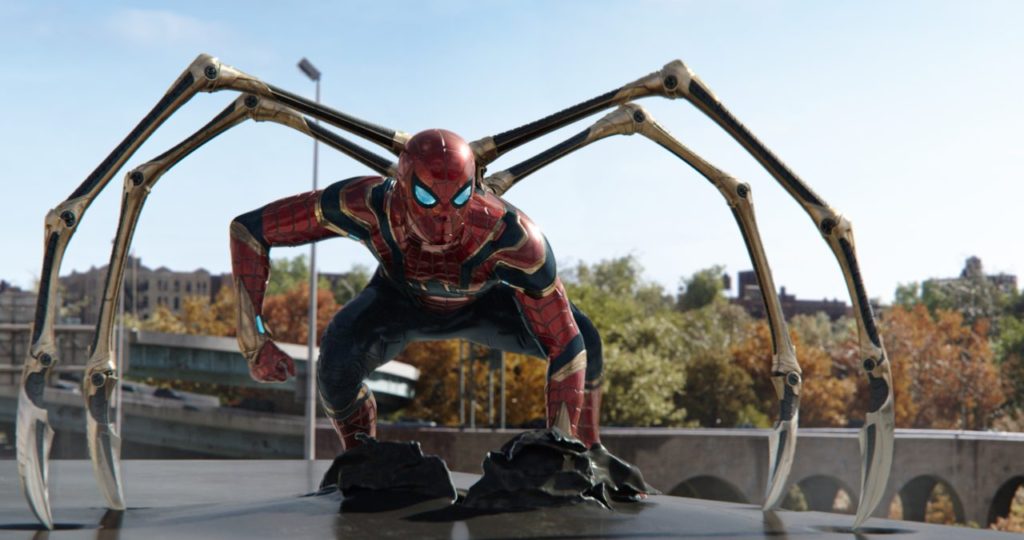
The movie picks up immediately after the events of Spider-Man: Far From Home, as Peter (Tom Holland) and MJ (Zendaya), swinging across New York City together, are suddenly confronted by J. Jonah Jameson’s (J.K. Simmons) breaking news story that both reveals Spider-Man’s secret identity and accuses him of murdering Mysterio (Jake Gyllenhaal). Chaos ensues, not just for Peter, but for everyone around him. Aunt May’s (Marisa Tomei) life is thrown into disarray. Happy (Jon Favreau) and Stark Industries face legal trouble for aiding and abetting Spider-Man. While MJ and Ned (Jacob Batalon), caught in the controversy by virtue of being Peter’s girlfriend and best friend, find themselves cancelled by association.
Feeling responsible for ruining the lives of his family and friends, a distraught Peter approaches Doctor Strange in the hope that maybe some time travel or magic can make things right again. Nothing goes as planned and Peter suddenly finds himself confronting a slew of villains from all across the multiverse. (You don’t need to have watched any of Marvel’s TV shows understand the complexities of the multiverse, but some familiarity with 2018’s animated Spider-Man: Into the Spider-Verse would help a little.)
Now we already knew from the trailers and movie posters that Alfred Molina, Willem Dafoe, and Jamie Foxx are reprising their roles as Doctor Octopus, The Green Goblin, and Electro. But what I can – and will – tell you is that none of it is mere fan service. These are all substantial parts that go a long way to growing those characters, their motivations, as well as the impact they’ve had on our favorite wall-crawler. Each and every one of them has a significant narrative arc and a satisfying resolution that stays true to who Spider-Man is and everything he stands for.
Spider-Man Begins
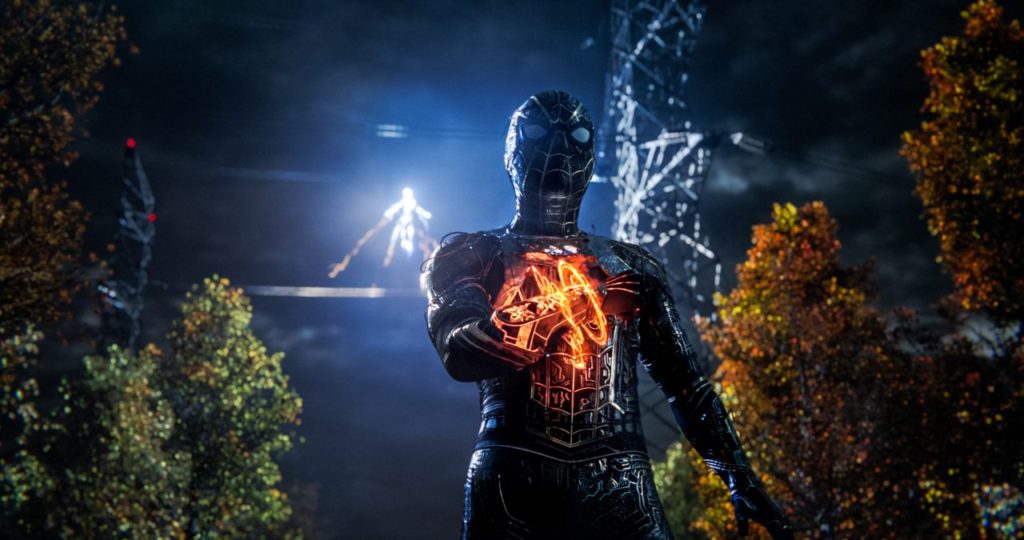
In fact, Spider-Man: No Way Home stems from a much deeper understanding of the character than we’ve ever before seen on screen. It also feels like the first “real” Spider-Man movie in the Marvel Cinematic Universe. Stepping out from underneath the shadow of Tony Stark, and unburdened by the baggage of Thanos, his Infinity Stones, and the serialized machinations of 23 separate movies, we finally get one that focusses on the tragic tale of Peter Parker and Spider-Man.
Spider-Man’s comic book origins were especially complex. After being bitten by a radioactive spider and granted superhuman powers, he only becomes a hero after the sudden and untimely murder of his Uncle Ben. A crime Peter could have prevented had he looked beyond his own ego and used his powers for good. Unlike Bruce Wayne, who was helpless to prevent the killing of his parents, it was Peter’s own selfishness that inadvertently caused the death of his beloved Uncle.
It is this guilt, along with his realization that “with great power comes great responsibility,” that has been the driving force behind the character for the last 59 years. For Peter, being Spider-Man will always be a balancing act between saving the world and protecting the ones he loves. His existence, forever defined by that one fatal mistake. His heroism, permanently rooted in his own redemption.
Spider-Man: No Way Home drills down into that dichotomy in order to explore both what it means to be a hero and what it means to be Spider-Man. It examines good and evil in a genuine way, using complex villains that aren’t just bad for the sake of it. It is about family and friendship. It is about taking responsibility for your actions. It is a Shakespearean tragedy, wrapped in an elaborate morality play, inside of a popcorn movie.
How to Make Movies the Marvel Way
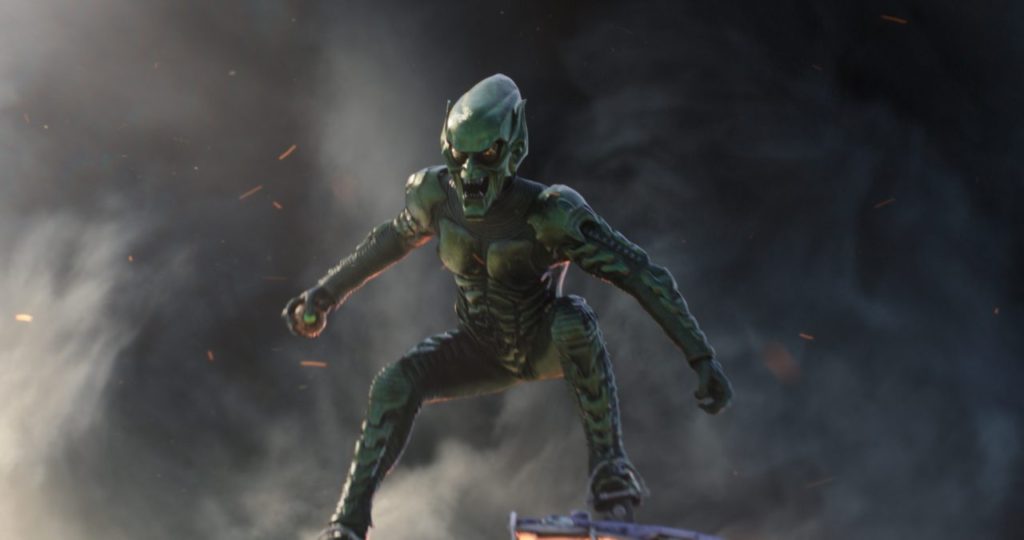
Spider-Man: No Way Home is a lot of movie. And Jon Watts, (technically) the only director to complete an MCU trilogy, can safely place himself right up there with the Russo brothers in being able to deftly balance all the moving parts of Marvel Studios’ seemingly endless narrative.
This movie makes Black Widow, and Shang-Chi, and Eternals look like amateur hour. The seamless way in which Watts delivers humor with heartbreak, his dextrous juggling of characters and plots, and his ability to deliver a movie that stands on its own and yet be a part of something greater, is nothing short of astounding. This is how you create something unique and still be built upon everything that has come before. This is how you cater to a fickle fanbase while, at the same time, serve a public that is growing increasingly tired of the same old, templated, run-of-the-mill, CGI-infused summer blockbuster.
And while all of that is brilliant. Watts’ real genius, however, lies in how he exploits all of our cultural checkpoints.
As seasoned moviegoers, there are certain cinematic hooks that have long embedded themselves into our pop culture consciousness. The Superman theme. The Spielberg oner. The closing door that closes The Godfather. They are visual and musical cues that aren’t just a part of the language of moviemaking, but have become an essential part of our own emotional and intellectual upbringing.
In Spider-Man: No Way Home, Jon Watts draws upon all of these cues, building on decades of comic book stories and superhero movies, in order to trigger us. He borrows from Danny Elfman and Hans Zimmer. He pays homage to Sam Raimi and Marc Webb. He leans into the MCU method and elevates it at the same time.
There Goes the Spider-Man
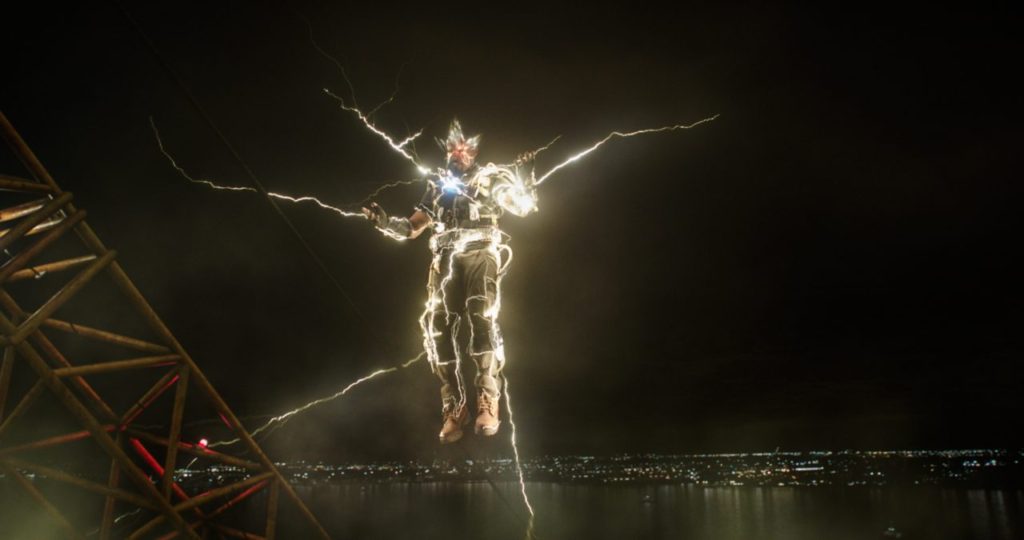
Spider-Man: No Way Home is everything that great cinema should be. It’s bold and bright. It subverts your expectations by moving the inciting incident to the very beginning of the movie, breaking free from that typical three act structure for something that ebbs and flows with great humor, fantastic action, stunning finesse, and a profound sense of self-awareness.
I can’t remember the last time I had this much fun at the movies. And as I sat there at the end, 148 minutes in, and two post-credits scenes later, all I could think about was when I could watch it again.

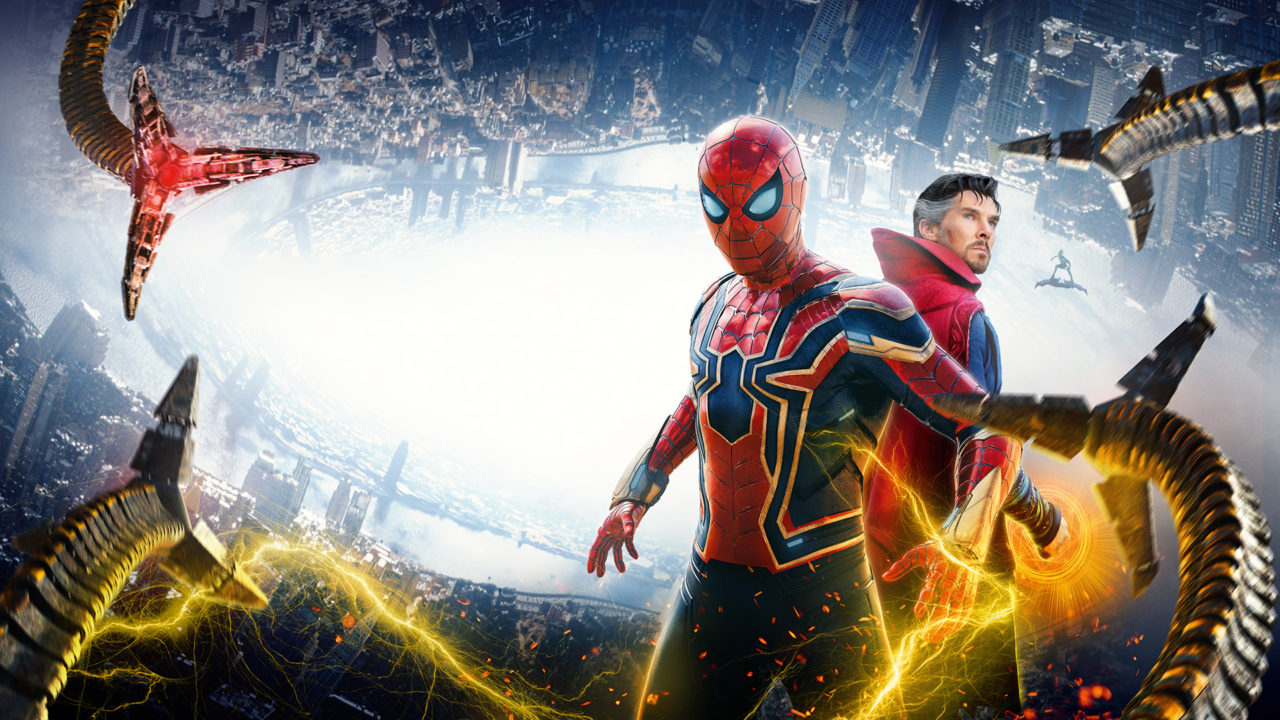

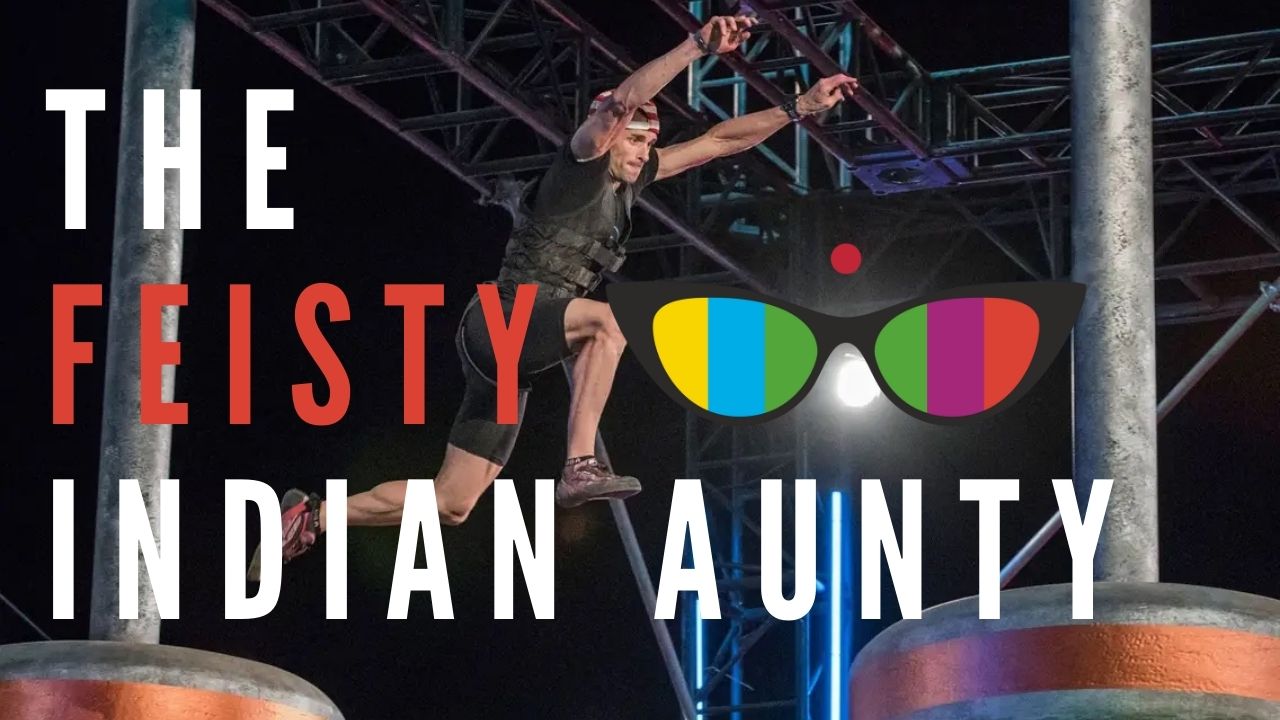

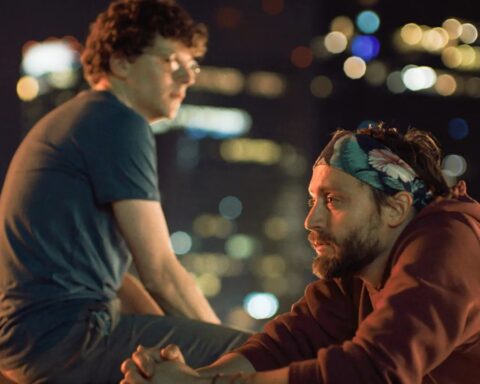



Follow Us